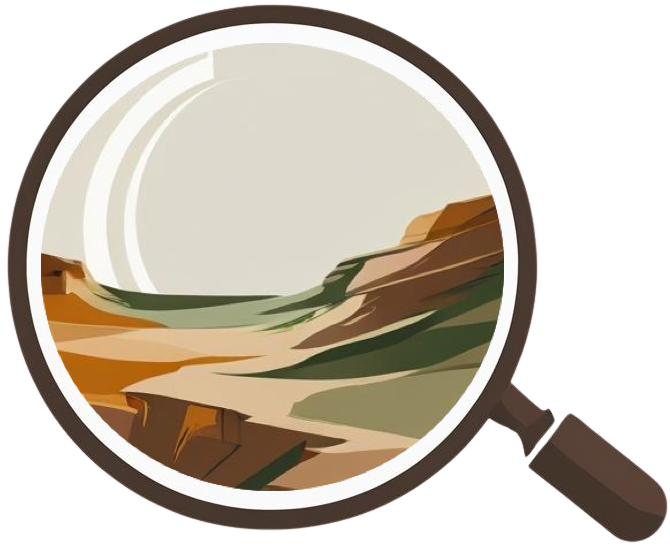- Least-Conflict Solar Siting |
- Datasets |
- Striped Whipsnake Priority Habitat, Washington Columbia Plateau
Striped Whipsnake Priority Habitat, Washington Columbia Plateau
Apr 3, 2023
(Last modified Jun 27, 2023)
Uploaded by
Conservation Biology Institute
- Description:
- The striped whipsnake has a candidate state status in Washington. It is the state’s longest snake and one of its rarest, known only to exist in two areas in Grant County, Washington.Some threats include conversion of habitat to agriculture, degradation of native shrubsteppe habitat from invasive weeds and other impacts, plus increasing vehicular traffic on roads and highways that bisect one of the last occupied areas.The Priority Habitats and Species (PHSREGION) Database consists of polygons that describe occurances of priority habitats and species. Priority habitats are those habitat types with unique or significant value to many fish or wildlife species. Priority species are those fish and wildlife species requiring special efforts to ensure their perpetuation because of their low numbers, sensitivity to habitat alteration, tendency to form vulnerable aggregations, or because they are of commercial, recreational, or tribal importance. The mapped habitats and species are identified uniquely by an EOFORM number. A species or habitat might occur in more than one polygon. Because of the nature of the data, many of the polygons will overlap each other. All priority species mapped areas represent known use areas; they are not potential habitats. PHSREGION may include locations of federal and state listed species (threatened, endangered, sensitive, candidate) and other priority non-game and game species. Locational data are associated with tables detailing each priority habitat and species. PHSREGION data are compiled by WDFW biologists using the best information available from research efforts, surveys, or field observations. The source of each delineated feature is described in the associated attribute tables. These data are not an exhaustive inventory of priority habitats and species for the State of Washington. They represent the best knowledge of the WDFW biologists. The database is updated as knowledge improves.
Dataset has been masked with township for privacy by the Washington State Department of Fish and Wildlife.
The masked township PHS occurence was merged with 9 squre mile buffered wsdmp point occurence data by Conservation Biology Insitute.
- Data Provided By:
- Washington Department of Fish and Wildlife
- Content date:
- not specified
- Contact Organization:
- not specified
- Contact Person(s):
- not specified
- Use Constraints:
 This work is licensed under a Creative Commons Attribution 3.0 License.
This work is licensed under a Creative Commons Attribution 3.0 License.
- Layer:
- Layer Type:
- Currently Visible Layer:
- All Layer Options:
- Layers in this dataset are based on combinations of the following options. You may choose from these options to select a specific layer on the map page.
- Description:
- Spatial Resolution:
- Credits:
- Citation:
- Purpose:
- Methods:
- References:
- Other Information:
- Time Period:
- Layer Accuracy:
- Attribute Accuracy:
FGDC Standard Metadata XML
Click here to see the full FGDC XML file that was created in Data Basin for this layer.
Original Metadata XML
Click here to see the full XML file that was originally uploaded with this layer.
This dataset is visible to everyone
- Dataset Type:
-
Layer Package
Included in
1 Private Map
Included in
2 Public Galleries
About the Uploader
Conservation Biology Institute
We provide advanced conservation science, technology, and planning to empower our partners in solving the world’s critical ecological challenges



